- This photo essay comes via Mongabay’s partnership with the Wildlife Conservation Society’s Wild View blog.
- Once a month we’ll publish a contribution from Wild View that highlights an animal species or group.
- This month, the Wildlife Conservation Society’s David Oehler, Megan Maher, and Julie Larsen Maher write about penguins.
- All photos by Julie Larsen Maher, head photographer for WCS.
Penguins are found in the Southern Hemisphere and come in all sizes ranging from 13 to 48 inches in height. The smallest is the little penguin from Australia and New Zealand; the largest is the emperor penguin of Antarctica.
While these birds cannot fly through the air, they are very adept at using their wings to propel themselves through the water. Some penguins can dive to depths of about 1,750 feet. Their dark and light feathers are tightly packed — 70 feathers per square inch — keeping them insulated in the cold conditions of the marine environment where they live.
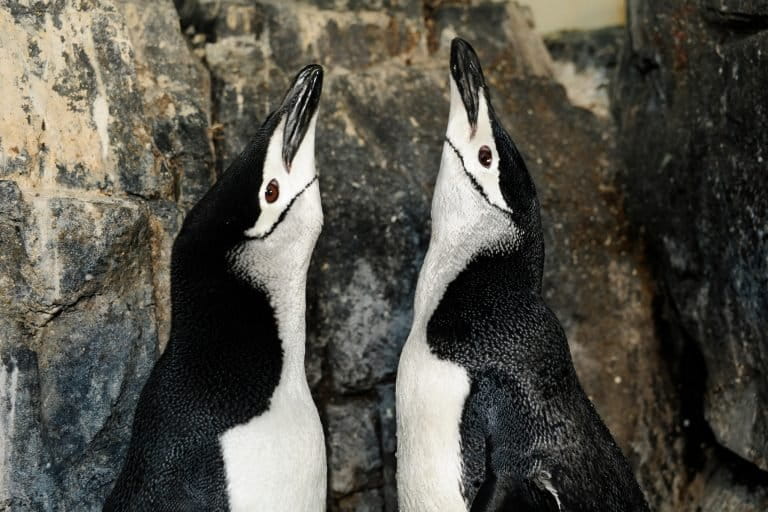

Penguins are noisy and use various calls to attract mates, find their chicks, frighten off would-be predators, or just fuss with their neighboring penguins. Several species have distinctive calls. Magellanic and gentoo penguins bray. Chinstrap penguins scream, causing quite a cacophony in their colonies.
Today, penguins are in trouble. They depend on the sea for food and coastal lands to nest, rear their chicks, and molt. Close to two-thirds of the world’s 17 penguin species face population pressures from threats like overfishing, oil spills, and man-made changes to the birds’ environment.

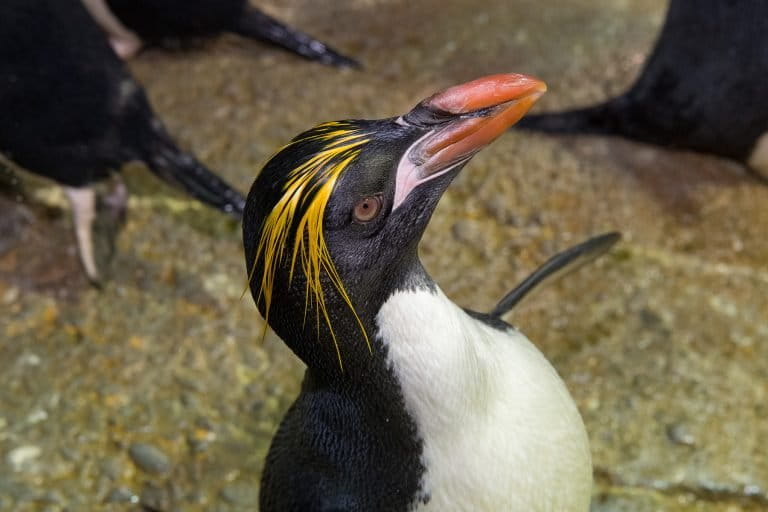

Here are some ways to help protect penguins:
- Seafood Watch Lists – Being a responsible consumer is critical. Read watch lists to ensure the seafood you eat is caught or raised sustainably. Through management of fisheries, marine protected areas, and community participation, fish populations and ecosystems can rebound. Preventing further damage to marine environments will have a positive impact on the health of penguin colonies dependent on these habitats.
- Oil Spills – This form of pollution is lethal to marine environments, including those of penguins. Make sure human activities do not contribute to the problem. Check fuel and oil lines on vehicles and homes for good condition, and do not dump old oil products into drains. Accidental spills of any pollutants remain in ecosystems and have been shown to accumulate in polar regions.
- Carbon Footprint – Help reduce carbon emissions to slow climate change. Dynamic changes produce rapid alterations in marine environments and within the food chains that are involved. Take action to help penguins survive by making simple changes like turning off lights when not in use or when you leave the room, or using LED light bulbs.
- Support Conservation Work – Organizations like WCS are continually working to conserve biodiversity and concentrations of marine wildlife. Establishing marine protected areas is important to preserve regions that penguins depend on for their survival.
King penguins (Aptenodytes patagonicus)


Rockhopper penguin (Eudyptes sp)

Magellanic penguin (Spheniscus magellanicus)


Black-footed penguin (Spheniscus demersus)
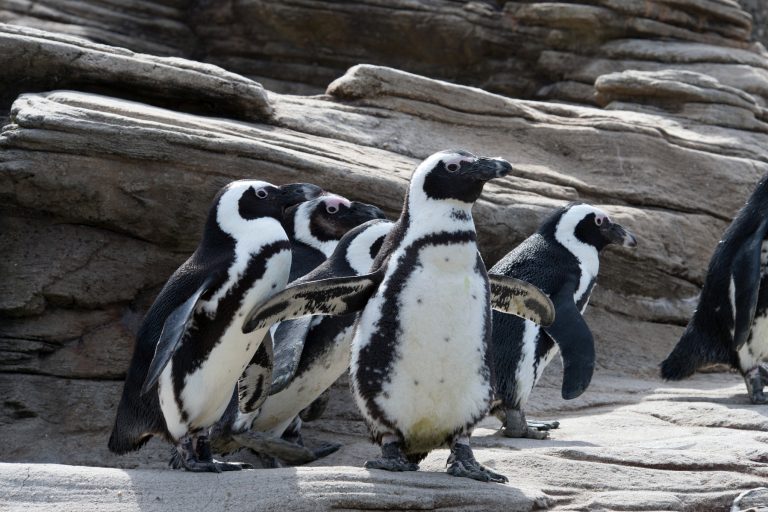
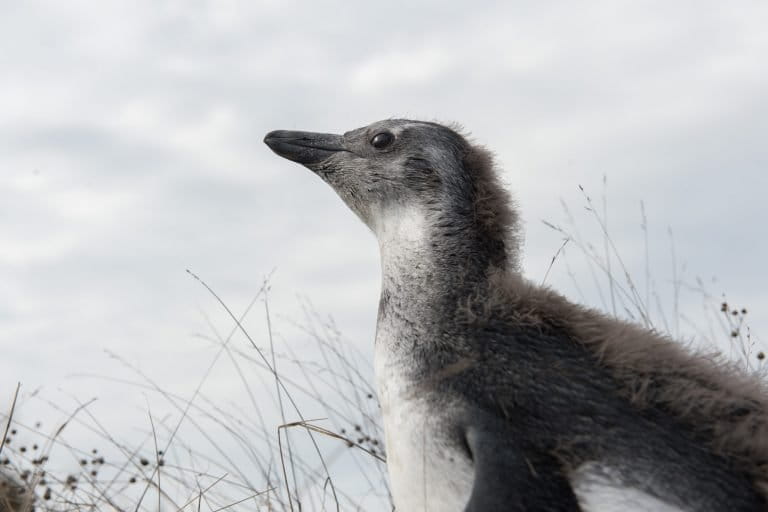
Little penguin (Eudyptula sp)

Gentoo penguin (Pygoscelis papua)
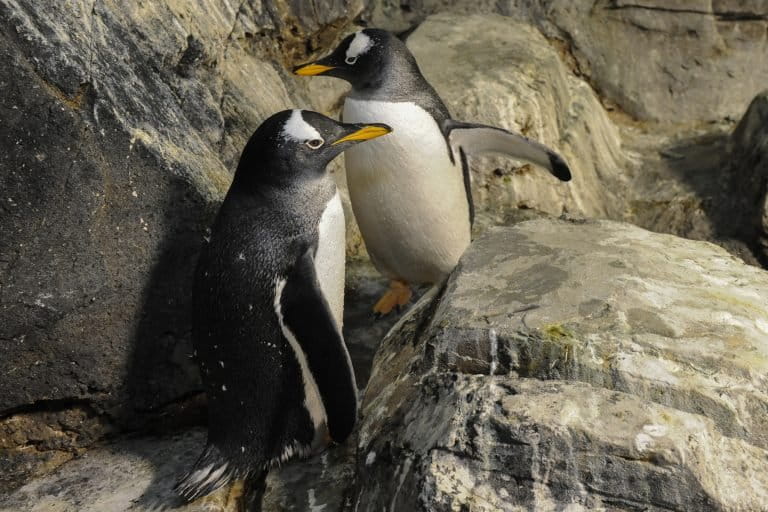
WCS Wild View Posts on Penguins
The Authors: David Oehler is curator of ornithology at the Wildlife Conservation Society’s Bronx Zoo. Julie Larsen Maher is staff photographer for WCS. Megan Maher is a graduate student and works for WCS.